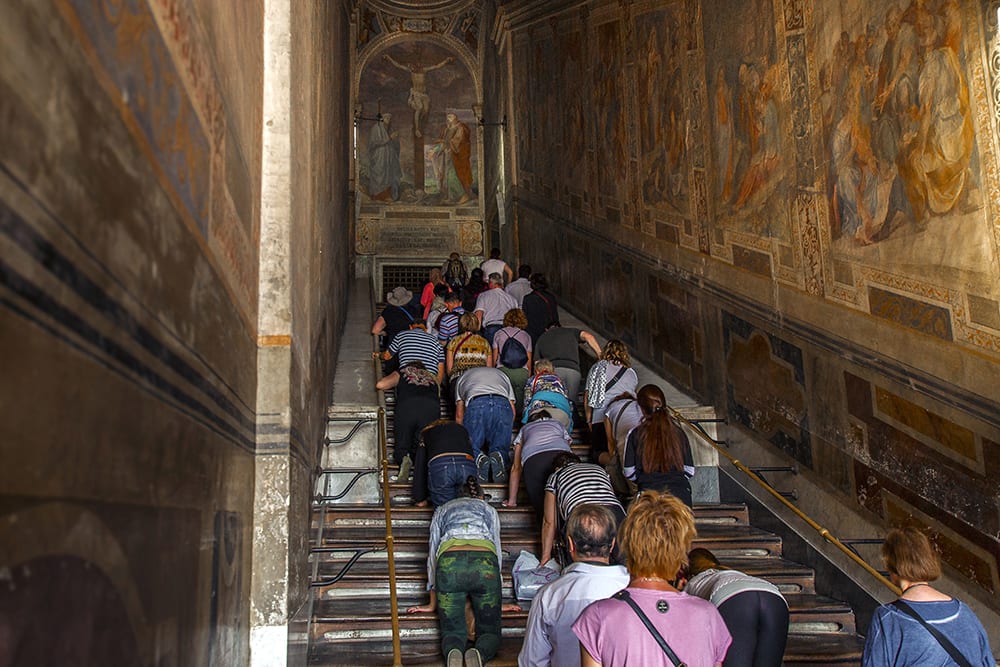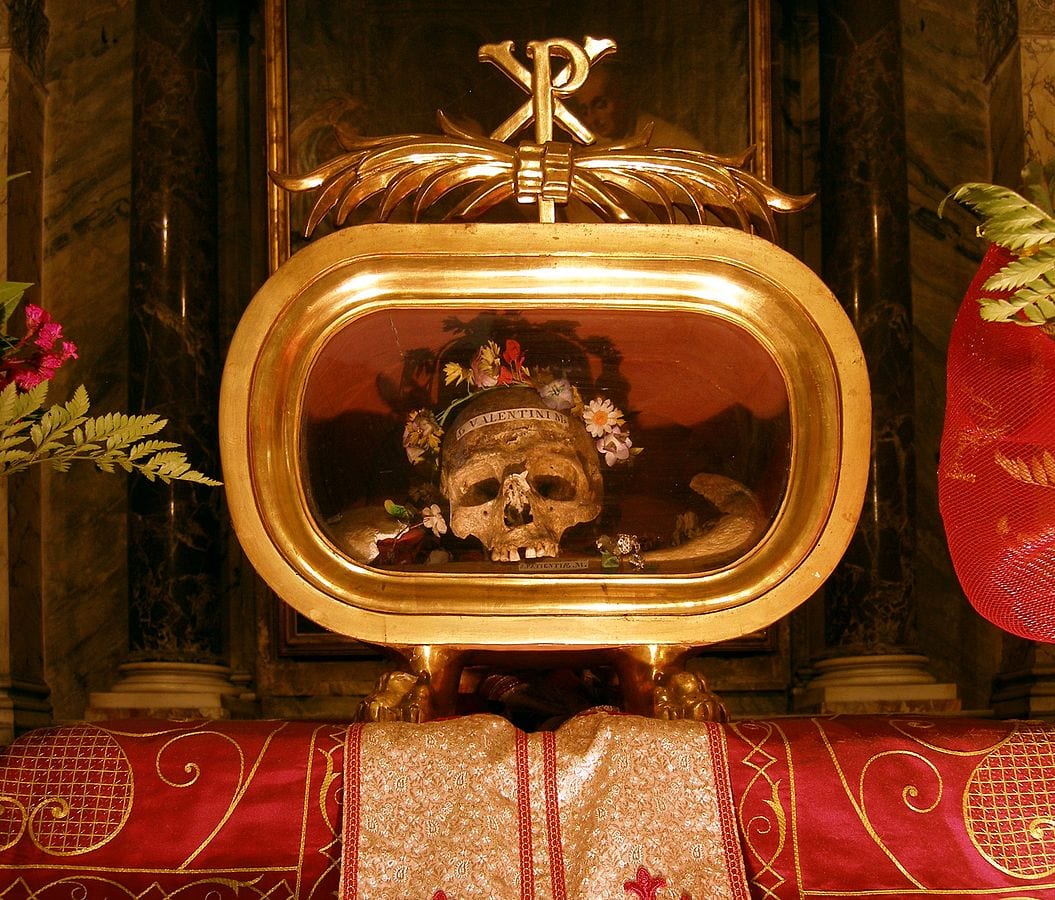
While this is not your conventional story about Valentine’s Day that’s filled with romance, it’s a fascinating take on a tradition that is widely celebrated on February 14th. Read on to uncover the dark truths and surprising history of Valentine’s Day, from Roman festivals to modern customs!
Table of Contents
ToggleThe Truth About Valentine’s Day
You are looking at the skull of an ancient Roman Martyr named Valentine which resides in the Roman church of Santa Maria in Cosmedin. Whether or not it’s the skull of the martyr who inspired Valentine’s Day is a matter of some debate, to put it mildly. Bound up in this debate is the unexpected history of one of the world’s most curious holidays.

Visiting Rome? You can check out the church of Santa Maria in Cosmedin, where Saint Valentine’s skull is displayed in a glass reliquary. It is a popular attraction for visitors, particularly around Valentine’s Day.
Who Was Saint Valentine and Why Is He Celebrated?
- A Spanish hermit
- A woman named Valentina
- Valentine of Rome, a priest in Rome during the reign of Emperor Claudius II (around 270 CE). He is said to have been arrested for secretly marrying Christian couples and aiding Christians persecuted under Roman law. Claudius II supposedly liked Valentine at first but later condemned him to death after Valentine tried to convert the emperor.
- Valentine of Terni, a bishop in Interamna (modern-day Terni, Italy), also martyred under Emperor Claudius II. He was known for healing the sick and performing miracles. According to legend, he healed the blind daughter of a jailer, and before his execution, he sent her a letter signed “Your Valentine.” This may be the origin of Valentine’s Day love notes.
- Valentine of Africa, a lesser-known Valentine mentioned in early martyrologies. He was martyred in the Roman province of Africa (modern-day Tunisia or Algeria). Details of his death are sparse, but he is listed as a saint and martyr.
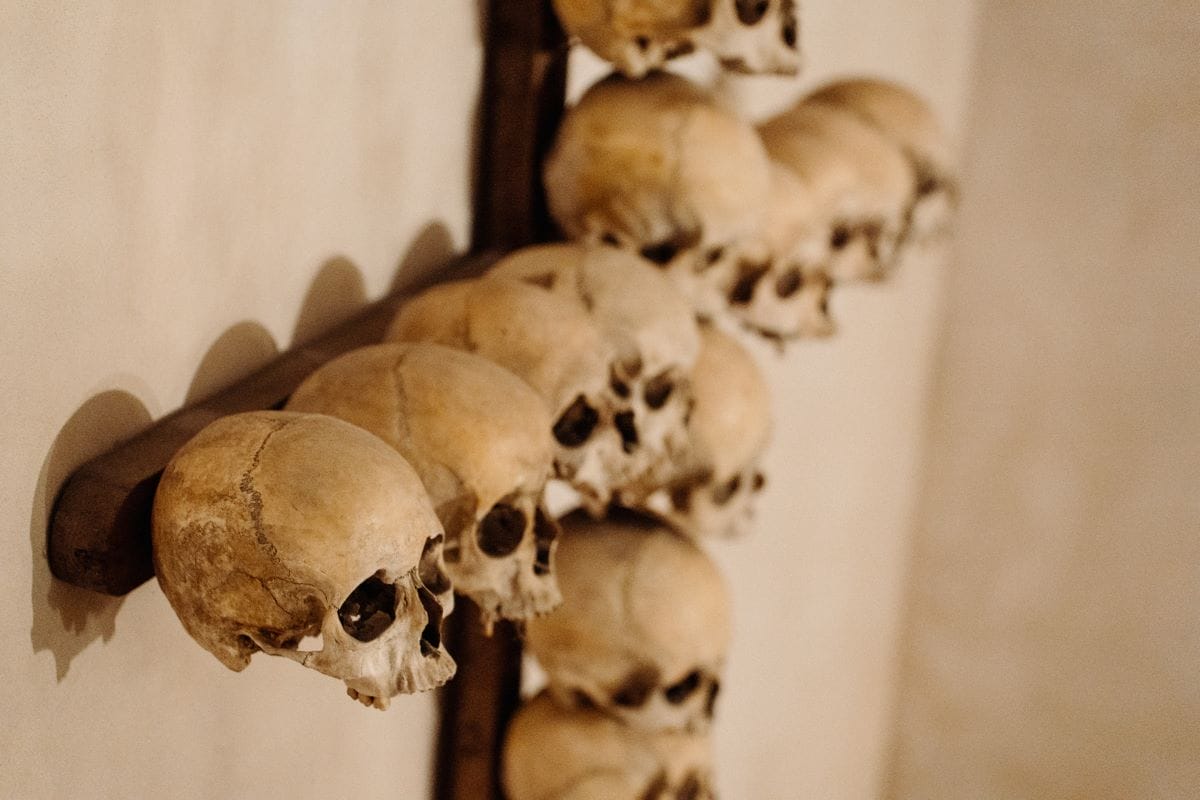
Some sections of the Romean crypts are incredibly creepy.
As far as we can tell, the Saint Valentine of Valentine’s Day was one of two guys preaching the good word in Rome in the third century (Valentine of Rome or Valentine of Terni). One of these two was martyred on February 14th 269, thus giving us the date for his eponymous day.
How a Pagan Festival Inspired Valentine’s Day Traditions
After he was killed, Valentine’s remains sat in the Catacombs of San Valentino for a while before moving to Santa Maria in Cosmedin (or the Basilica of Saint Valentine in Terni, if you support the claim of the other Valentine) where they were visited by pilgrims for many years. They probably would have remained venerated, but somewhat anonymous relics for the patron saint of beekeepers and people suffering from the plague had it not been for Chaucer.

Saint Valentine’s remains sat in a catacomb like this one for hundreds of years before being recovered and put on display.
Saint Valentine and the Love Connection
Geoffrey Chaucer has nothing to do with Roman martyrs. However, he has a lot to do with English literature and that’s how he created a connection between Saint Valentine and love celebrations.
The first written connection between love and Valentine’s Day appears in his poem, Parlement of Foules, written in the late 14th century. Chaucer appears to have invented the correlation that Valentine’s Day equals love and chalked it up to poetic license. The history of Valentine’s Day is a bit blurry, but it’s also possible that he was drawing from older courtly traditions.
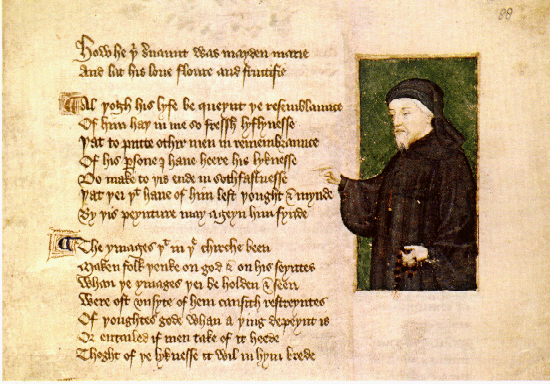
As far as anyone can tell, this guy is the reason that people spend billions of dollars on cards, candies, and flowers every February 14th.
From Roman Roots to Romance: How Valentine’s Day Became a Holiday
Shortly after Chaucer mentioned love on Valentine’s Day, real-life lovers began to send each other love poems on February 14th. It’s possible that these predate Chaucer, but we simply don’t know.
In other words, people have been writing valentines to their loved ones for over 500 years. Even if there’s no direct connection to a guy who was murdered horribly by ancient Roman pagans, it’s still part of a serious legacy of love.
Valentine’s Day Around the World: Surprising Customs and Celebrations
Modern Valentine’s day is very much a product of the various industries that benefit from it – namely, stationery, chocolate, flowers, and jewelry. Every year, billions of dollars are spent on these items, even in countries where Western holidays are frowned upon or outlawed have seen an upsurge in Valentine’s Day gifts in recent years.
South Korea & Japan
In Japan, Valentine’s Day is split into two events. On February 14, women give chocolates (either romantic “honmei-choco” or obligatory “giri-choco”) to men. A month later, on March 14—known as White Day—men return the gesture with gifts, often more expensive, such as jewelry, white chocolate, or even clothing.
South Korea takes it a step further with a third holiday on April 14, called “Black Day,” for singles to gather and eat jajangmyeon (black bean noodles) to commiserate.
Italy
Italy’s Valentine’s Day roots run deep, but modern celebrations include lovers visiting romantic spots like Verona, the home of Shakespeare’s Juliet, where they leave love letters or padlocks on Juliet’s balcony as symbols of commitment.
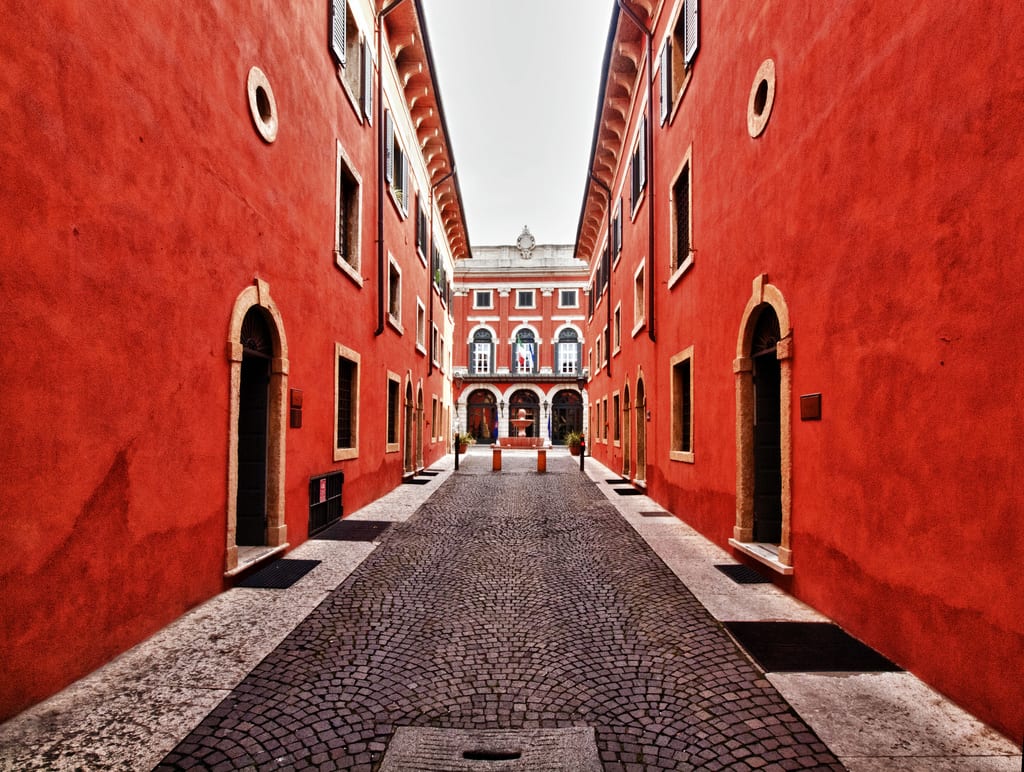
A crimson corridor in Verona – what could be more romantic? Photo by Kevin Poh, Via Flickr
Wales
Wales celebrates St. Dwynwen’s Day on January 25 instead of Valentine’s Day. Couples exchange carved wooden love spoons, a tradition dating back to the 17th century.
South Africa
Women participate in an old Roman tradition called Lupercalia by pinning the name of their crush or love interest on their sleeve, literally “wearing their heart on their sleeve.”
France
Known as one of the most romantic countries, France used to host une loterie d’amour (a lottery of love), where men and women called out to find matches. Though now banned, it remains another quirky piece of Valentine’s history.

Forget French chocolates – what about a romantic lottery? Photo credit: Wikipedia
Saudi Arabia
In Saudi Arabia, where the holiday is illegal, there is a thriving black market for red roses and heart-shaped chocolates in February.
Denmark
Instead of red roses, Danes exchange pressed white flowers called snowdrops. Men also send humorous poems or rhymes called “gaekkebrev” anonymously, and women try to guess their admirers’ identities.
Philippines
Valentine’s Day is a popular date for mass weddings. Hundreds or even thousands of couples gather in public spaces to tie the knot in ceremonies often sponsored by the government.
Brazil
Brazilians celebrate Dia dos Namorados (“Lovers’ Day”) on June 12 rather than February 14. The day is marked with gift exchanges, music, and festivals, as February is dedicated to Carnival celebrations.
Holy Relics and Holidays: A Touristy Draw
Update notice: This article was updated on January 13, 2025.
by Martina V.
View more by Martina ›Book a Tour
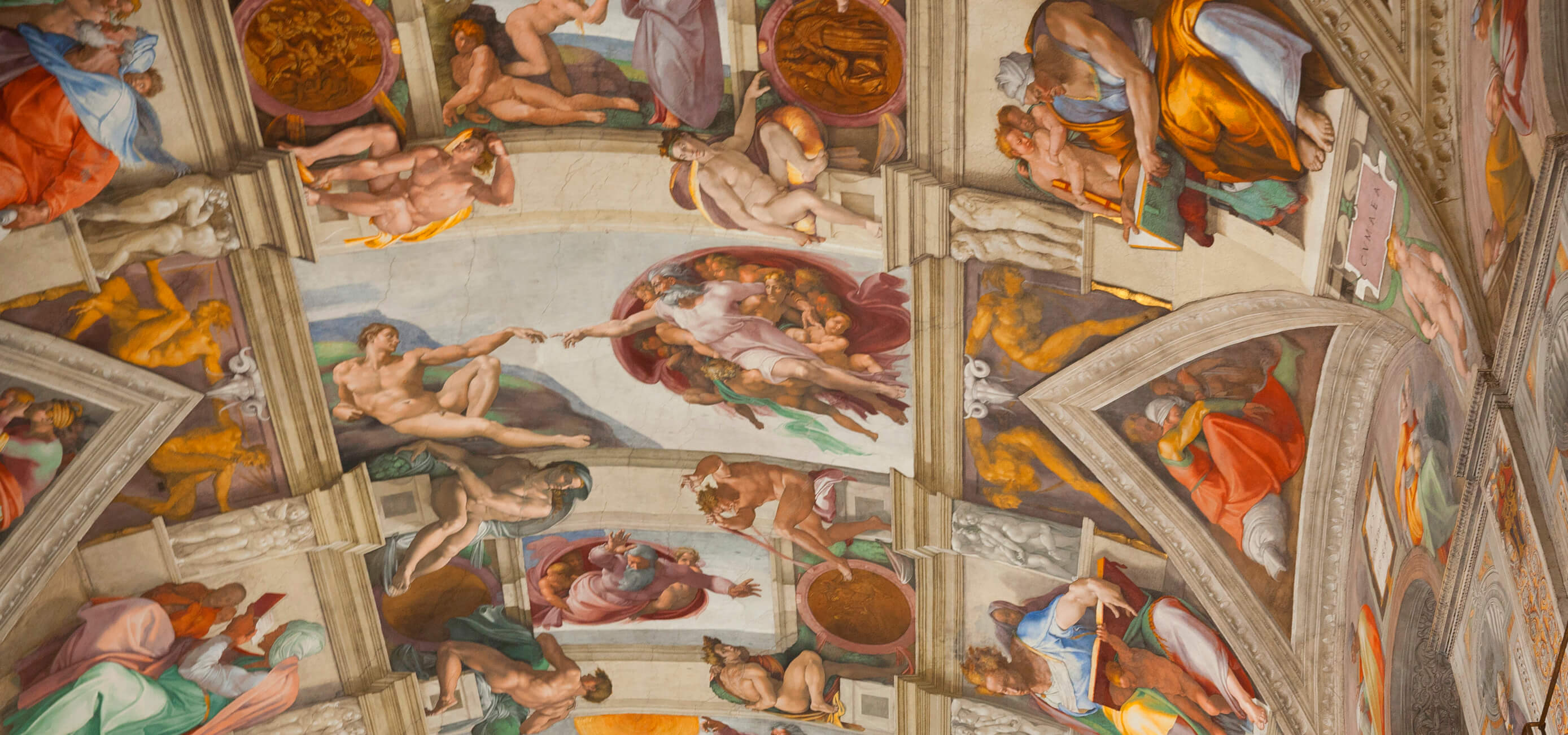
Pristine Sistine - The Chapel at its Best
€89
1794 reviews

Premium Colosseum Tour with Roman Forum Palatine Hill
€56
850 reviews
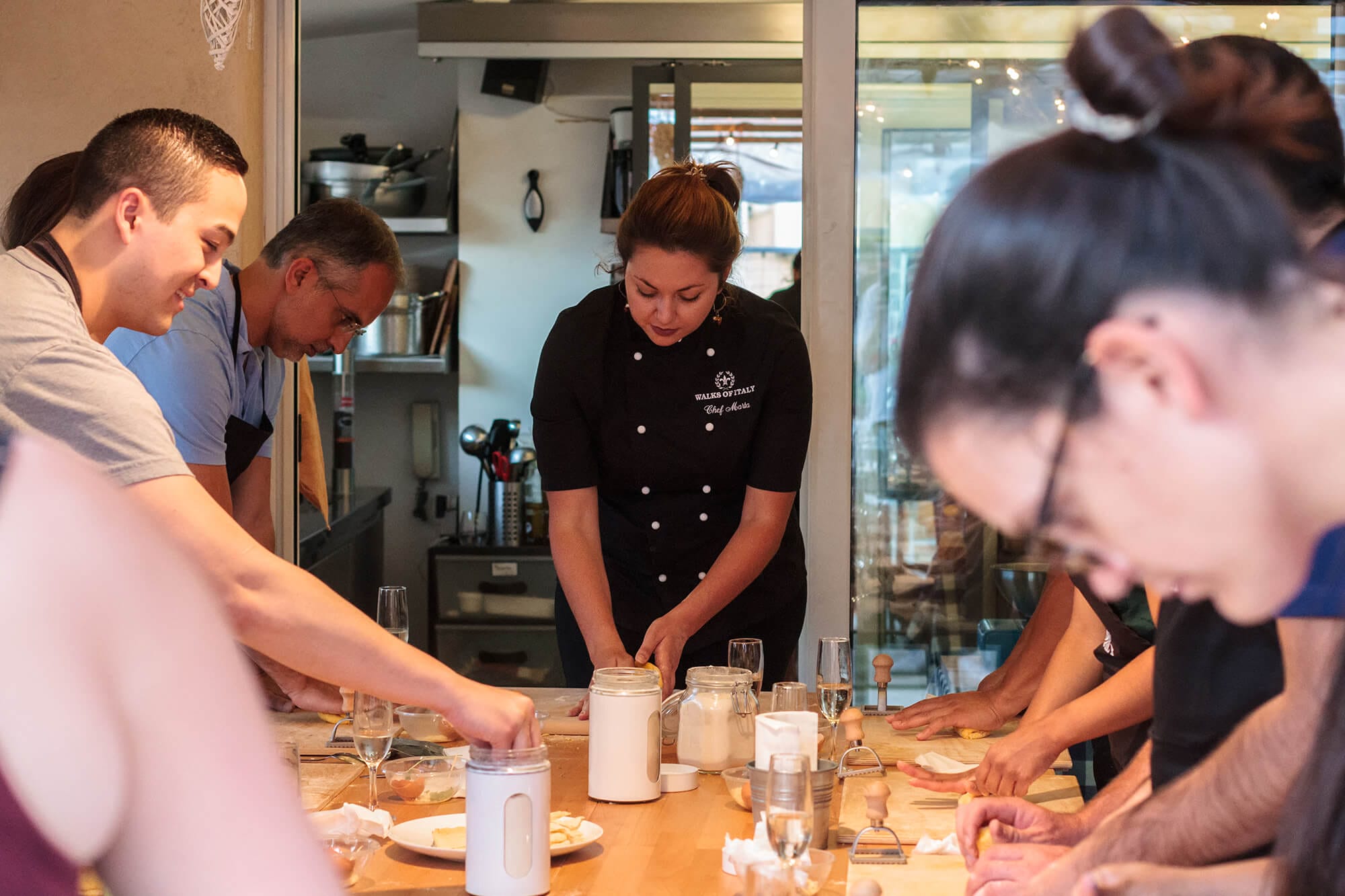
Pasta-Making Class: Cook, Dine Drink Wine with a Local Chef
€64
121 reviews
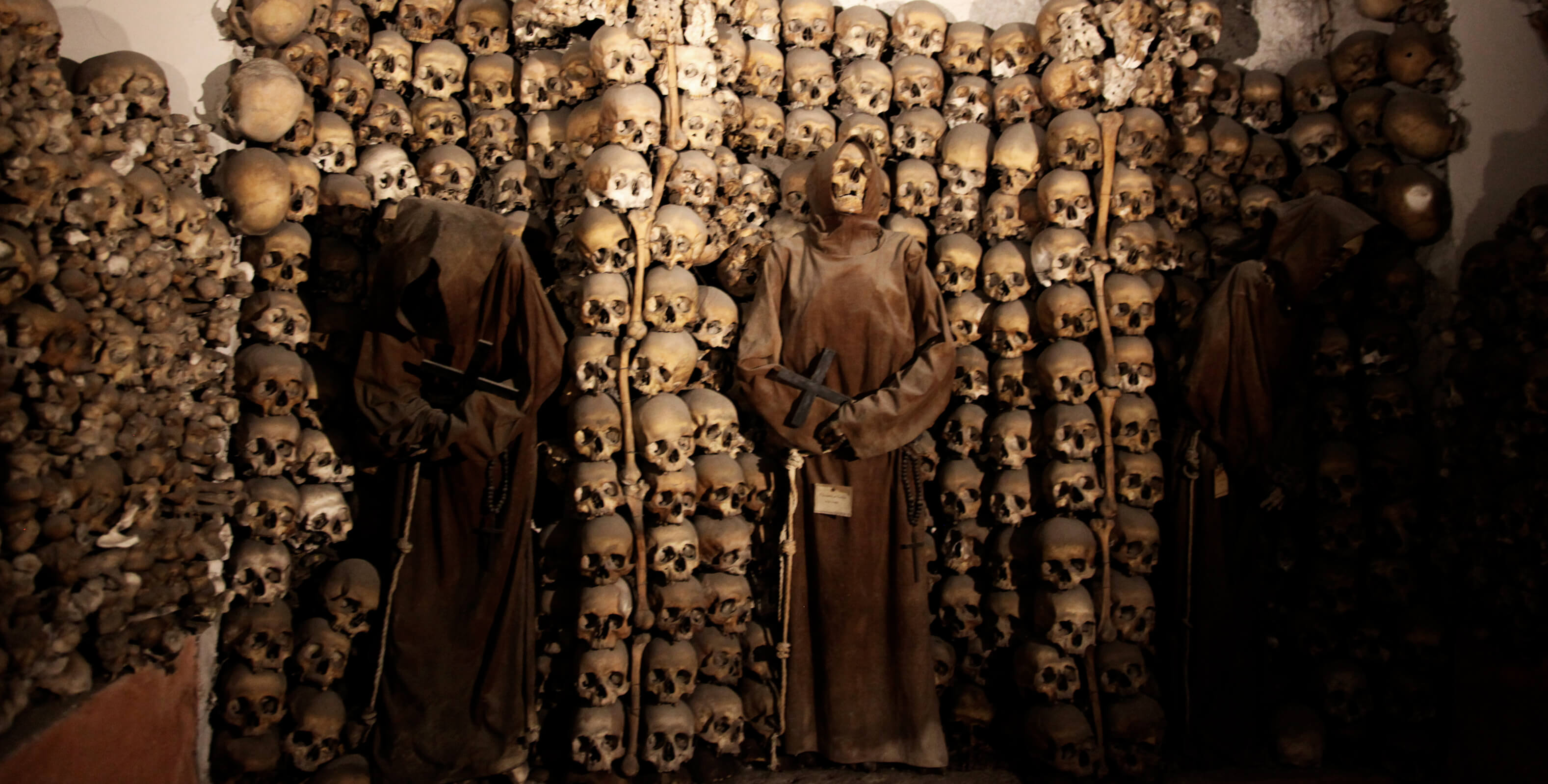
Crypts, Bones Catacombs: Underground Tour of Rome
€69
401 reviews
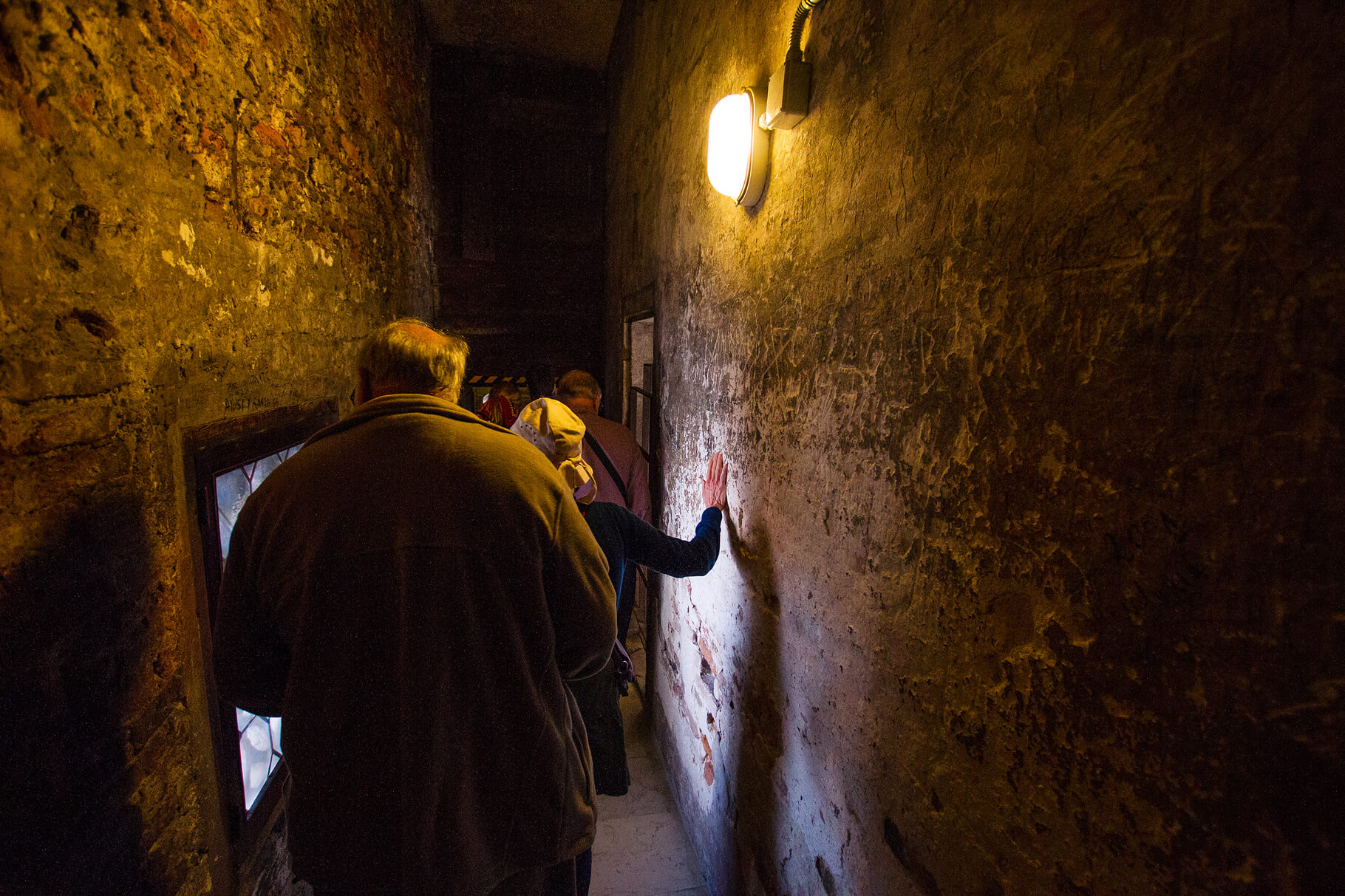
VIP Doge's Palace Secret Passages Tour
€79
18 reviews
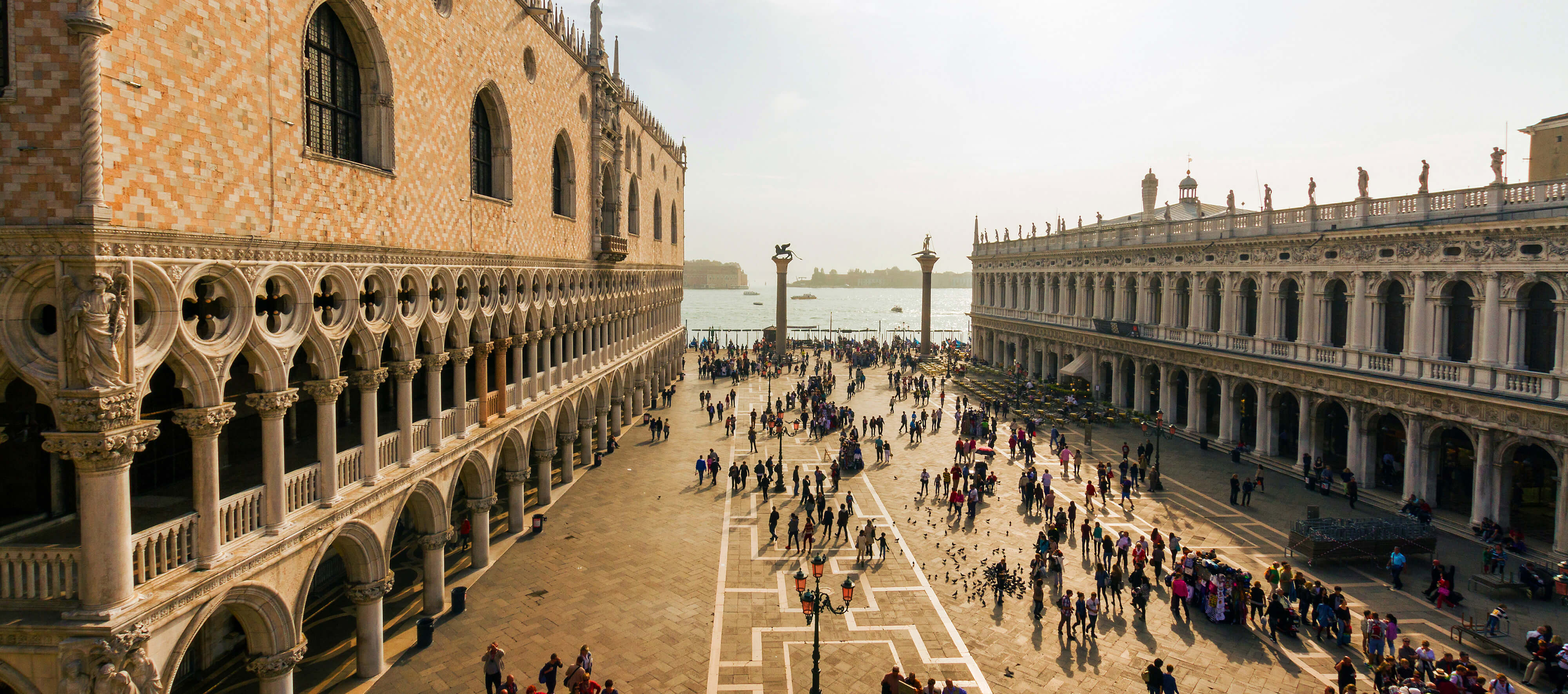
Legendary Venice: St. Mark's Basilica, Terrace Doge's Palace
€69
286 reviews










